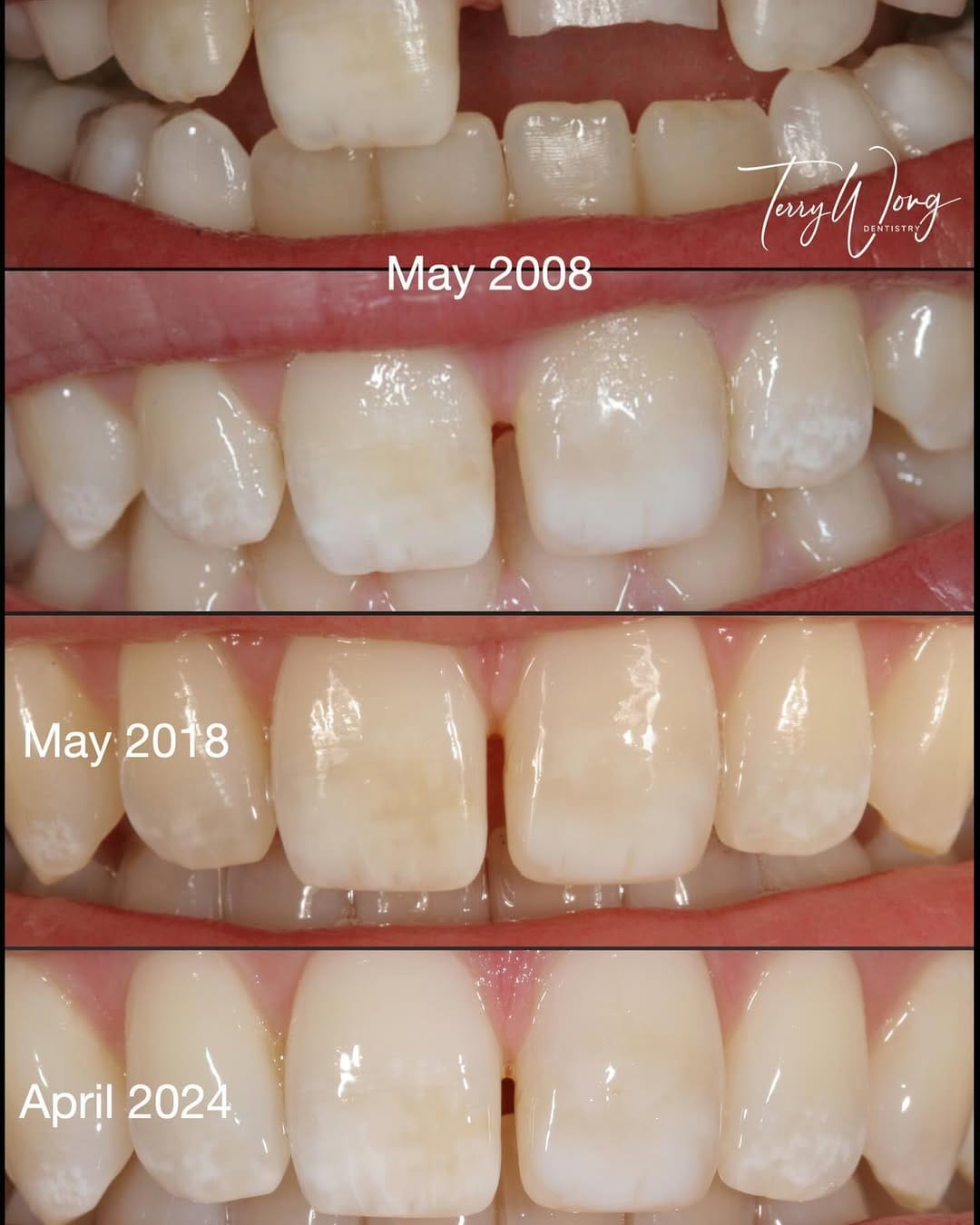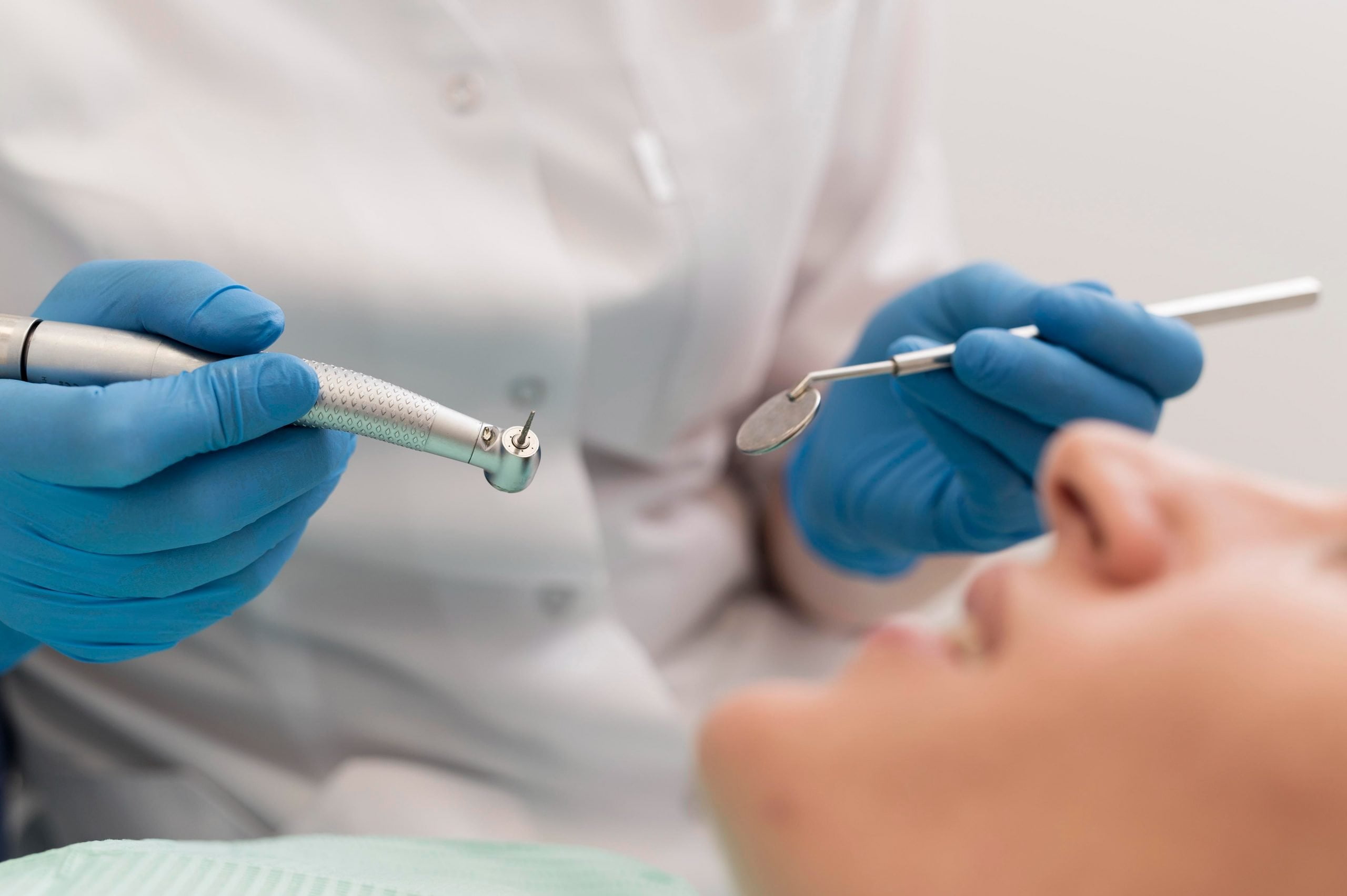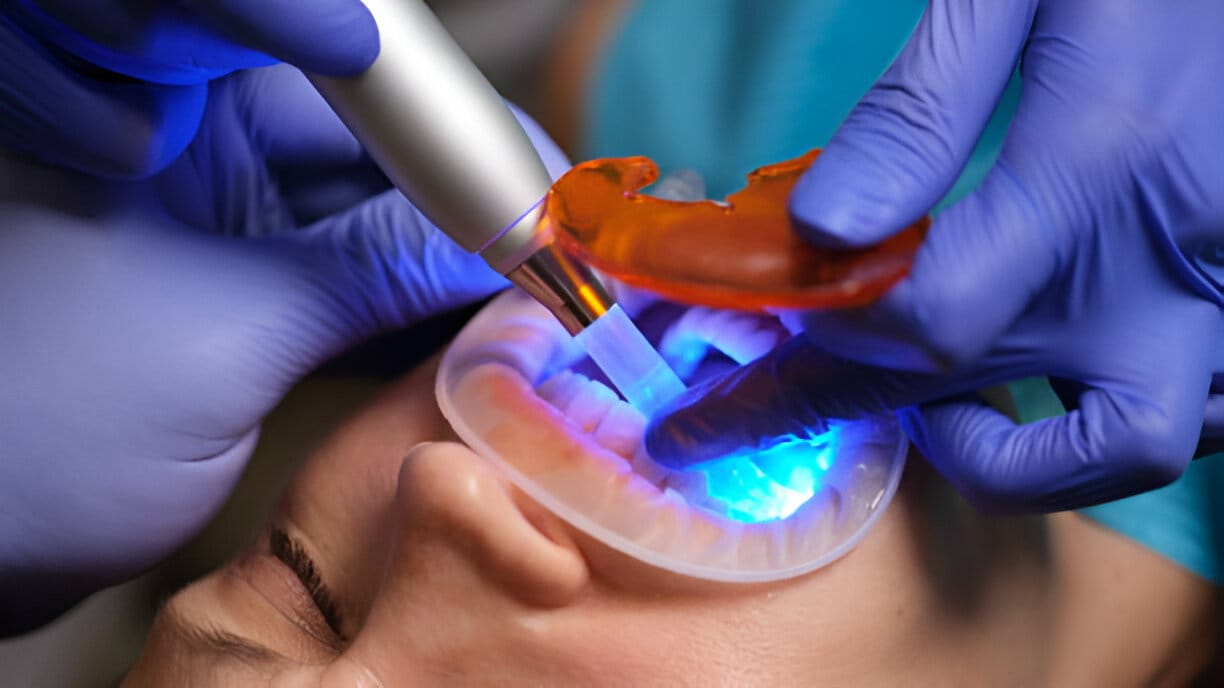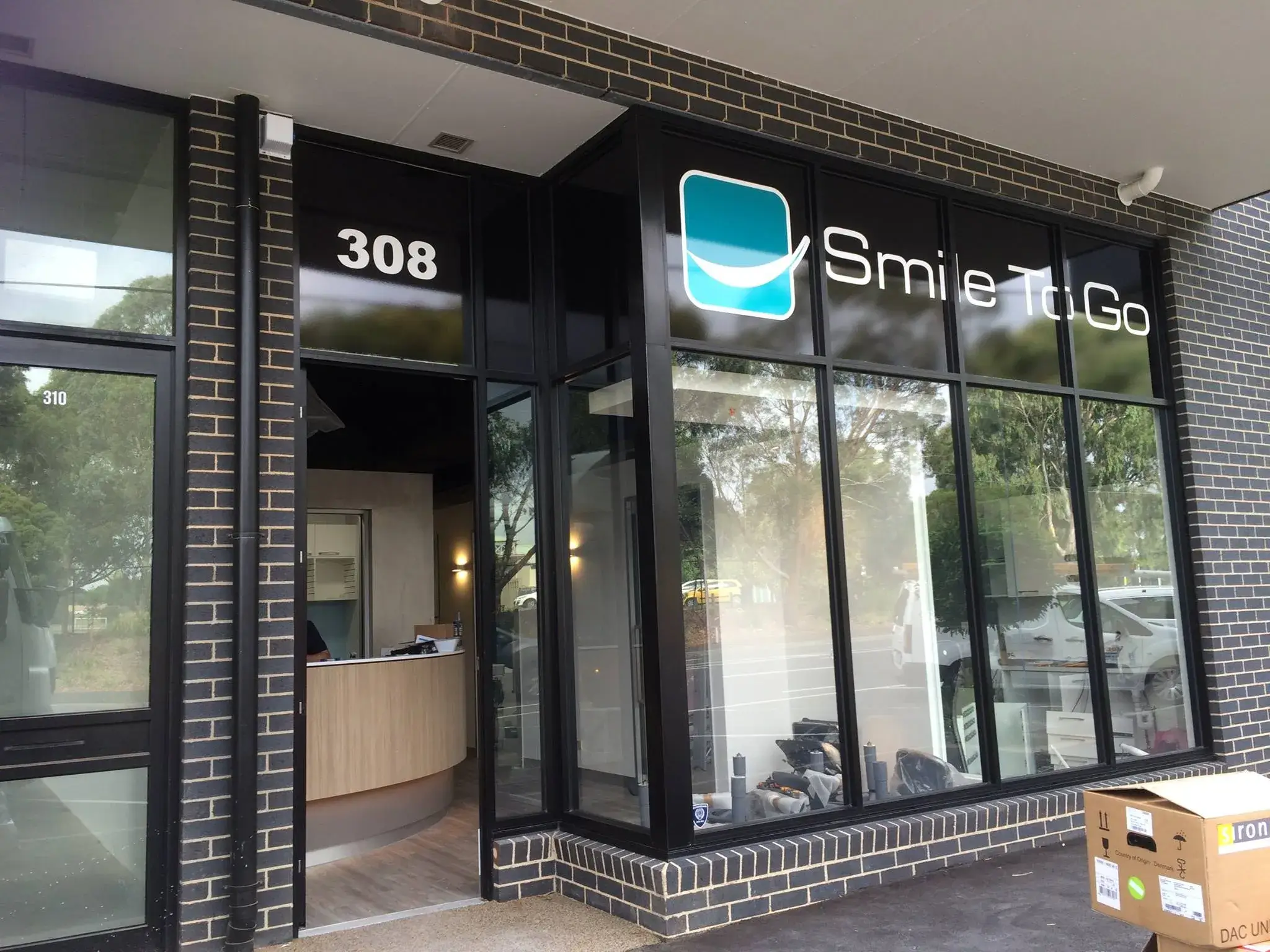The 17 Year Smile: Can Composite Resin Bonding Really Last a Lifetime?
Dr. Wong, a pioneer in composite resin bonding in Australia, has spent decades refining a method that challenges traditional cosmetic dentistry. While composite bonding is often dismissed as a temporary solution—expected to last five to ten years before requiring replacement—Wong’s approach has proven that, with the right technique, composite bonding can rival even porcelain restorations.
The Secret Behind the Longevity
Conventional bonding methods involve layering composite resin onto the tooth, often in a way that leaves it susceptible to chipping and staining. Wong’s technique, however, is different. “It’s not just about placing the material; it’s about understanding how it integrates with the tooth,” he explains. His approach involves meticulous layering, a refined finishing process, and precise control over occlusion—the way teeth meet when biting—to prevent premature wear.
Another factor is the composite itself. The materials used today are far superior to those available in the early 2000s, yet Wong’s 2008 case study suggests that technique plays a more significant role than material advancements alone. “If bonding fails early, it’s not because the material isn’t good enough—it’s usually because it wasn’t placed optimally,” he says.
A Challenge to Traditional Cosmetic Dentistry
Porcelain veneers and crowns have long been considered the gold standard for smile makeovers. They’re durable, stain-resistant, and widely promoted as the best long-term solution. But they come with drawbacks—high cost, irreversible enamel removal, and the risk of needing replacement every 10 to 15 years.
Composite bonding, by contrast, is minimally invasive and significantly more affordable. Yet, for years, dentists have cautioned patients that bonding stains easily, chips frequently, and isn’t a viable long-term option. Wong’s work challenges these assumptions. His 16-year case study shows that, when done correctly, composite bonding can stand the test of time.
Feature | Composite Bonding (Dr. Wong’s Method) | Porcelain Veneers | Dental Crowns |
Longevity | 15+ years (proven case: 16 years) | 10-15 years | 10-20 years |
Tooth Preservation | Minimal to no enamel removal | Requires enamel removal | Significant tooth reduction |
Cost | Lower | High | Highest |
Stain Resistance | High with proper finishing | Very high | Very high |
Repairability | Easily repaired in-office | Requires full replacement | Requires full replacement |
Invasiveness | Minimally invasive | Moderately invasive | Highly invasive |
Aesthetic Quality | Natural and customisable | Highly aesthetic but irreversible | Natural-looking but requires reshaping |
Treatment Time | Often completed in one session | Multiple visits required | Multiple visits required |
This comparison highlights why composite bonding, particularly with Wong’s refined technique, is an increasingly viable alternative to more invasive procedures.
What This Means for Patients

Long-lasting results:
Dr. Wong’s case study proves composite bonding can remain intact for 16+ years with the right technique.

Minimally invasive:

Cost-effective:

Quick treatment:

Easily repairable:

Ideal for dental anxiety sufferers:

Sustainable choice:
The implications of Wong’s findings are significant, particularly for patients seeking cosmetic enhancements without irreversible alterations to their natural teeth.
Longevity of Composite Bonding
A well-placed composite restoration can be maintained with regular check-ups, professional polishing, and minor touch-ups if needed. “If a bonded tooth lasts 17 years, or even longer, at a fraction of the cost and without shaving down healthy enamel, why wouldn’t we consider it a first-line treatment?” Wong asks.
Drill Free
For patients with dental anxiety, the ability to achieve a long-lasting smile without the need for invasive procedures is a major advantage. The prospect of avoiding drilling, tooth reduction, and lengthy procedures makes composite bonding an appealing choice for those hesitant about traditional cosmetic dentistry.
Affordability of Resin Tooth Bonding
Additionally, the cost-effectiveness of composite bonding means that high-quality cosmetic dentistry is more accessible. While veneers and crowns can cost thousands per tooth, composite bonding provides a more affordable solution without compromising on aesthetics or durability. This affordability makes it a particularly attractive option for younger patients who may want to enhance their smiles without committing to irreversible procedures.
Easy to Repair
Patients who prioritise sustainability and minimal intervention in healthcare may also find composite bonding to be a superior choice. Unlike veneers or crowns, which often require eventual replacement and additional enamel removal, bonding allows for adjustments and repairs over time, reducing the long-term impact on the natural tooth structure.
Why Composite Bonding Deserves More Attention
Despite its advantages, composite bonding remains underutilised, largely due to outdated perceptions within the dental community. Wong hopes that sharing long-term case studies like his 2008 patient’s smile will shift the conversation. His technique is already influencing the next generation of dentists—he lectures on his method at universities, emphasising that proper bonding isn’t a shortcut, but a skill that requires precision and experience.
The Future of Composite Bonding
As materials continue to evolve, the potential for even longer-lasting composite restorations grows. However, Wong believes the key to longevity isn’t just better resin. It’s better technique. His work demonstrates that, in the right hands, composite bonding is more than a quick fix. It’s a durable, aesthetic, and minimally invasive alternative to traditional restorations.
To spread the word and the knowledge, Dr Wong lectures on his pioneering techniques at universities Australia wide.
For patients considering cosmetic dental work, the message is clear: don’t dismiss composite bonding based on outdated assumptions. If resin bonding from 2008 can still look pristine in 2025, the real question isn’t whether bonding can last. It’s whether we’ve been underestimating it all along.
Frequently Asked Questions
What is composite resin bonding?
How much does composite resin bonding cost?
How long does composite resin bonding last?
Can you whiten composite resin bonding?
Is composite resin bonding better than veneers?
Can composite resin bonding be repaired?
He lectures in Aesthetic Dentistry at Melbourne University and teaches postgraduate dental students advanced techniques in composite resin bonding. Since 2004, he has conducted lectures and hands-on programs for dentists to refine their skills in composite resin and frequently speaks internationally throughout Asia and New Zealand.
As a recognised Key Opinion Leader for Ivoclar, Coltene, and FASTBRACES®, Dr Wong combines his passion for clinical dentistry with teaching and mentoring. He is a Senior Master Provider and Speaker for FASTBRACES®, having practised and taught the technique globally. His new Blackburn clinic is designed as both a centre for patient care and an educational hub for dentists.








